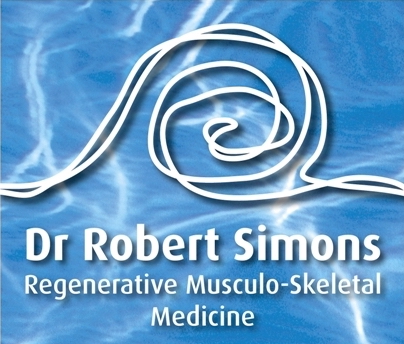DIAGNOSIS
In order to diagnose a meniscus tear, our knee specialists will begin by collecting information about your injury. We’ll ask you what symptoms you have experienced, when they first appeared and what activities seem to make them worse.
We will then perform a physical examination to check for areas abnormalities and access for range of motion and swelling. From there, we will ask you to bend, straighten and rotate your knee to activate the meniscus. If it’s torn, your knee may click during these movements, indicating to our experts that a torn meniscus is in fact the problem. In order to confirm the diagnosis, we will often order a state of the art 3 Tesla MRI to obtain a clear visual of the damage and assess cartilage baseline.
A CUSTOMIZED APPROACH TO MENISCUS TEARS
At the Orthohealing Center, we offer a variety of treatment options for your meniscus tear, depending on your needs and the severity of your injury. For example, if your tear is small, you may only need rest, ice, anti-inflammatory medication, leg elevation and a compression garment or brace to control swelling for recovery.
At the Orthohealing Center, we offer a variety of treatment options for your meniscus tear, depending on your needs and the severity of your injury. For example, if your tear is small, you may only need rest, ice, anti-inflammatory medication, leg elevation and a compression garment or brace to control swelling for recovery. Surgical repair or removal (meniscectomy) may be required especially if mechanical locking occurs; however, we often recommend injection-based options and a rehab program that are less invasive with less downtime whenever possible. Having a meniscus tear will likely increase your chances of developing osteoarthritis so it’s important to seek a prompt evaluation to understand your options.
For example, our knee specialists routinely leverage bone marrow stem cell therapy and PRP knee injections to treat meniscus tears for our Los Angeles patients. In particular cases where surgery is absolutely required, our team of physicians may apply Hyaluronic Acid, PRP, or Bone Marrow Stem Cells in the operating room directly into the lesion to potentially speed recovery, regulate inflammation and halt the arthritis process that traditionally ensues.
Disclaimer: Our healthcare practitioners use products and perform therapies cleared for general use by the United States Food and Drug Administration, but specific indications for treatment have not be evaluated and reviewed by the FDA. You are encouraged to consult with your primary care physician prior to undergoing a cell therapy.

